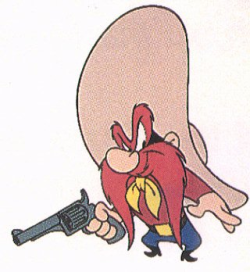Wimoweh Part 2 – Melodies
 Near the village, the peaceful village
Near the village, the peaceful village
Welcome to part two of our African extravaganza! Last time we learned where the word Wimoweh comes from and what it means. We also learned about where the song was composed.
Now we’re going to look at how one player – a soloist – can perform the main melodies. Some parts sound slightly better on a 10 hole harmonica, others work fine on a 4 hole. Purple music is for four hole harmonicas. Orange music is for ten hole harmonicas. A number tells you which hole to play. D is draw (breath in). B is blow (breath out). We’re using harmonicas in the key of C major (more…)
(more…)


